The Margaret Atwood Teaches Creative Writing MasterClass is one of the most valuable, insightful, and enjoyable creative writing courses I have ever taken. That includes my writing classes at the University of Oxford.
If I weren’t already convinced, Margaret Atwood’s MasterClass would have confirmed it without a doubt:
The MasterClass All Access Pass is hands down the best writing suite available anywhere on the internet.
There is simply no other product available that competes with the MasterClass level of depth and breadth when it comes to writing (among other subjects).
You simply cannot find this level of instructors anywhere else.
But why did I love the Margaret Atwood Teaches Creative Writing MasterClass so much?
Why have I been raving about it to friends and family the past few weeks?
Let’s get into the review and find out!
Here’s My Margaret Atwood Teaches Creative Writing MasterClass Review
You already know Margaret Atwood.
If you’re reading this review, you’re either already a huge fan of her and her work or you respect her based on the merit of her acclaim and authority.
Margaret Atwood is the author of over 40 books – novels, poetry and essays. Works that are consistently prize-winning and adapted for big budget TV.
Works like:
- The Handmaid’s Tale
- The Blind Assassin
- The Robber Bride
- Oryx and Crake
- Alias Grace
- Cat’s Eye
We already know that Margaret Atwood is an A-lister in the writing world.
All of the MasterClass instructors are A-listers in their fields.
But does the MasterClass live up to the hype that Margaret Atwood’s name alone generates?
The Margaret Atwood MasterClass is broken up into 23 video lessons
The video lessons are around 10-20 minutes each and the whole course is 4 hours (not including Office Hours where students can submit questions and get a video response from Margaret).
In addition to the video modules, there’s also a student community and, one of my favourite parts of any MasterClass, a rich gorgeously produced PDF work booklet crammed with exercises and further reading.
The course is professionally shot and a delight on the eyes. As always the MasterClass cinematographers, sound and set-designers have outdone themselves.
This high production value coupled with an incredibly engaging subject matter makes this class, like all of the other MasterClass, dangerously bingeable.
But I didn’t binge the Margaret Atwood Creative Writing MasterClass – and that’s a good thing.
It’s a testament to just how rich and detailed the content of the course is.
Don’t be fooled by the 4 hours of video content time.
If you take the class seriously, you will not finish it in 4 hours!
Each lesson is so chocked full of motivation and hands-on advice for all levels. Along with the deep and extensive assignments and a pretty robust reading list for each module, this MasterClass should take you a while to finish.
If you follow the assignments, the Margaret Atwood Teaches Creative Writing MasterClass will be like a college semester.
Who is the ideal student for the Margaret Atwood Teaches Creative Writing MasterClass?
There are two kinds of audiences for this Masterclass.
One kind is Atwood fans who respect her knowledge and want to become writers.
Then there is the more general student who simply wants to be a writer. They may not be fans of Atwood specifically but know who she is and what she has to offer.
For these people, I recommend getting the All Access Pass as this class really compliments all of the other writer classes.
An extensive experience with Atwood’s works is certainly not required, but Atwood does use her own works (and those of other great authors), like The Blind Assassin, The Handmaid’s Tale, and Alias Grace, to reinforce her points.
So having read some of Atwood’s key works, or being familiar with them in some capacity, will of course improve your experience.
I’ve not read much of her work though and still got immense value out of the parts where she used case studies of works I wasn’t familiar with (though all her stuff is now on my TBR).
Things I loved about the Margaret Atwood Teaches Creative Writing MasterClass
If I had to encapsulate the thing I loved about the Margaret Atwood Teaches Creative Writing MasterClass so much in a single sentence it would be this:
It felt like having an intimate discussion with an incredibly endearing mentor who made me (a writer of many years) think differently about the craft of writing that immediately had a positive impact on my current work in progress.
I knew this course was going to be the right one for me before I even played the first video module.
I turned to the work booklet and saw all of the assignments, homework, reading lists, and exercises and I became giddy with excitement.
You’re instructed to get a notebook specifically for this class and to complete all of the exercises longhand (the reason for this becomes apparent in the class).
After getting all giddy, Margaret begins the MasterClass with one of the most powerful openings I’ve seen to date (a discussion on what creativity is and how to cultivate it), which is a very good sign of what’s to come.
The MasterClass kicks off with how Margaret got started as a writer. We learn her fascinating background about how she got into reading and writing.
Then we quickly get into the great stuff: the writing process.
We learn about how to start and what not to start with, how we were taught literature backwards in high school, about beginning with characters, voices, scenes, objects instead of a theme.
Margaret takes you through how to find your process and how to immerse yourself in something in order to foster tons of rich ideas.
We learn how to deal with fear. And then the mindset stuff transitions into hands-on practical advice.
We get into story and plot, and I particularly loved how she kicked things off with a discussion on how stories are patterns interrupted. I loved her examples and the passion with which she delivers them, sparks ideas immediately in my mind.
If Margaret’s discussion on familiarising yourself with the building blocks of story doesn’t motivate you to order a bunch of new books, nothing will.
We learn about having a large toolkit of stories (along with her suggestions to build your toolkit) and how to know the old stories in order to subvert them.
You learn about structuring your novel and layered narratives.
And along the way, while you’re getting all of these ideas and lessons in the craft, you’re also getting consistent reassurance.
If you are feeling anxious or unsure about writing, Atwood’s ways of explaining the different processes involved in writingare sure to boost your confidence and make you feel like I CAN DO THIS.
Also listening to an author of Margaret Atwood’s calibre talk about her first failed novels is REALLY inspiring. Learning from her mistakes and being assured that even Marget herself had to struggle through the craft at the beginning.
An area that really stood out for me was the section of how to bring characters to life through details.
I loved the questions Margaret uses to build characters. And her discussion on the importance of understanding character ages in relation to world events was a fascinating subject that I hadn’t thought much about (this happens over and over again in this MasterClass).
Another super valuable area for me came in the form of a discussion on including food, drink, smoking, clothing and comparing Dashiell Hammett with Charles Dickens and Henry James.
You learn how to solve small detail problems when writing from the POV of someone who isn’t you (e.g. Age, gender), which feeds nicely into creating compelling characters.
A really compelling part of the course was the part where Margaret delved into defying gender norms with your characters and villains and unlikeable characters. This made me think about how to go against reader expectations in a way that surprises and engages them.
You learn about writing through roadblocks
This was very interesting because Atwood gives the same advice we always hear when people want to be writers – interesting however to hear that she has been unable to follow that advice herself.
Even though “write every day” is great advice, it hasn’t been easy for her. That’s very relieving to here. And even better is that she has solutions to these problems which helped me get back into writing after a long layoff.
There’s a real mix of advice that will impact beginner and intermediate writers alike.
So I knew a lot of the character stuff but about half-way through the course, I really started to feel like “Wow, I’m getting a real schooling here”.
You learn about crafting dialogue: real life conversation vs dialogue, dialogue is subjective, how to know your character’s vernacular, case study.
This lesson in particular made me think about what power plays my characters are trying to do when they talk. I loved hearing about the gap between what people say and what they’re thinking – the subtext.
You learn about revealing the world through sensory imagery
I always thought this was my weakness – where I describe things in general abstract terms – this doesn’t translate well to fiction.
So this was a particularly immensely valuable lesson, one that I rewatched several times and the homework was a big help in boosting this lagging part of my writing ability.
When it came to the lesson on prose style and texture, it was a joy hearing Margaret talk about the spectrum of writing styles – the plainsong and the baroque sides of the spectrum.
This lesson is so valuable – crammed with practical advice and exercises and examples (Atwood reading and analysing Dickens, anyone?) – that will vastly improve how well your work reads.
Margaret reads from a lot of different books and this will be a joy to any lover of literature. This would have been so handy for me back in my university and high school days when doing my English exams.
I was scribbling notes furiously by this point. So much valuable insight all in one place! Great for beginners, but really I think writers of any level will get a lot of great insight out of this class.
You learn how to work with time in fiction
This was another tremendously valuable lesson for me.
I’ve always had issues with how time passes in my works so this was so helpful. Margaret’s discussion on circular and linear time and how to signal time to your readers was fascinating. Her discussion on how to deal with flashbacks was also particularly insightful.
One of my favourite lessons was called:
The door to your book: the importance of the first five pages
I loved all the lessons but this one in particular, which kicked off with an analysis of the beginning of Moby Dick and A Tale of Two Cities, with Margaret Atwood then proceeding to give great insight in choosing your first sentence, first words, first paragraph, first page, and first five pages.
Her thought experiment in this module was worth the price of entry alone.
Then we are given a great treat in the form of Margaret Atwood going over the very first handwritten manuscript version of The Handmaid’s Tale, followed by such a valuable discussion on how we as writers have to write our way into the material but the real beginning might not appear for quite some time.
You learn about writing the middle and ending, how to keep your reader engaged through the middle, how to approach the ending, making changes along the way, open vs closed endings, and the open-ending analysis of The Handmaid’s Tale.
We then get into revision and seeing your work anew, another great lesson for me personally because Margaret began with addressing ‘completion fear’, which I’m all too familiar with, and how to proceed afterwards when you’re in the editing stage.
Another favourite lesson of mine was about the novel and the shifting sands of genre.
I can’t believe how much valuable advice is in this lesson.
Every single sentence is golden.
Pay attention to every single word that Atwood says in this lesson, because this is another lesson that is worth the price of entry alone.
This lesson in particular needs to be watched multiple times (probably every day before your writing session) if you’re a beginner writer.
Intermediate writers can also consider this lesson as medicine – this lesson will revive your writing and make you remember what it is you are actually doing.
The Margaret Atwood MasterClass is a guiding light through the darkness.
Towards the end we finish on a big high with discussions about speculative fiction, research and historical accuracy, the writer’s path, and finally rounding things off with advice on the business side of being a writer (like how to find a decent agent).
I particularly loved Margaret’s advice on speculative fiction, as I’m a writer of speculative and sci-fi myself. Margaret’s advice on how to generate ideas for writing speculative fiction, along with a discussion about utopias and dystopias, was golden. I particularly loved the differences between utopias and dystopias (as that’s my interest).
Should you enrol in the Margaret Atwood MasterClass?
So maybe you can tell by the tone in this Margaret Atwood MasterClass review that my enthusiasm is overflowing.
If you’re a fan of Margaret Atwood and want to be a writer, or simply someone who wants to improve their craft, I recommend this MasterClass wholeheartedly.
If you can find any class out there on this topic that comes close to beating this one, please let me know.
If you really want to get value for money while improving your writing ability, go for the All Access Pass and you’ll get to learn from writers like Judy Blume, Shonda Rhimes, Aaron Sorkin, David Mamet, James Patterson, R. L. Stine, and more too.
I practically guarantee writers of all calibers will be immensely impressed with this MasterClass.
Once you enrol, let me know your thoughts. I’d be keen to geek out over this with a fellow writer.
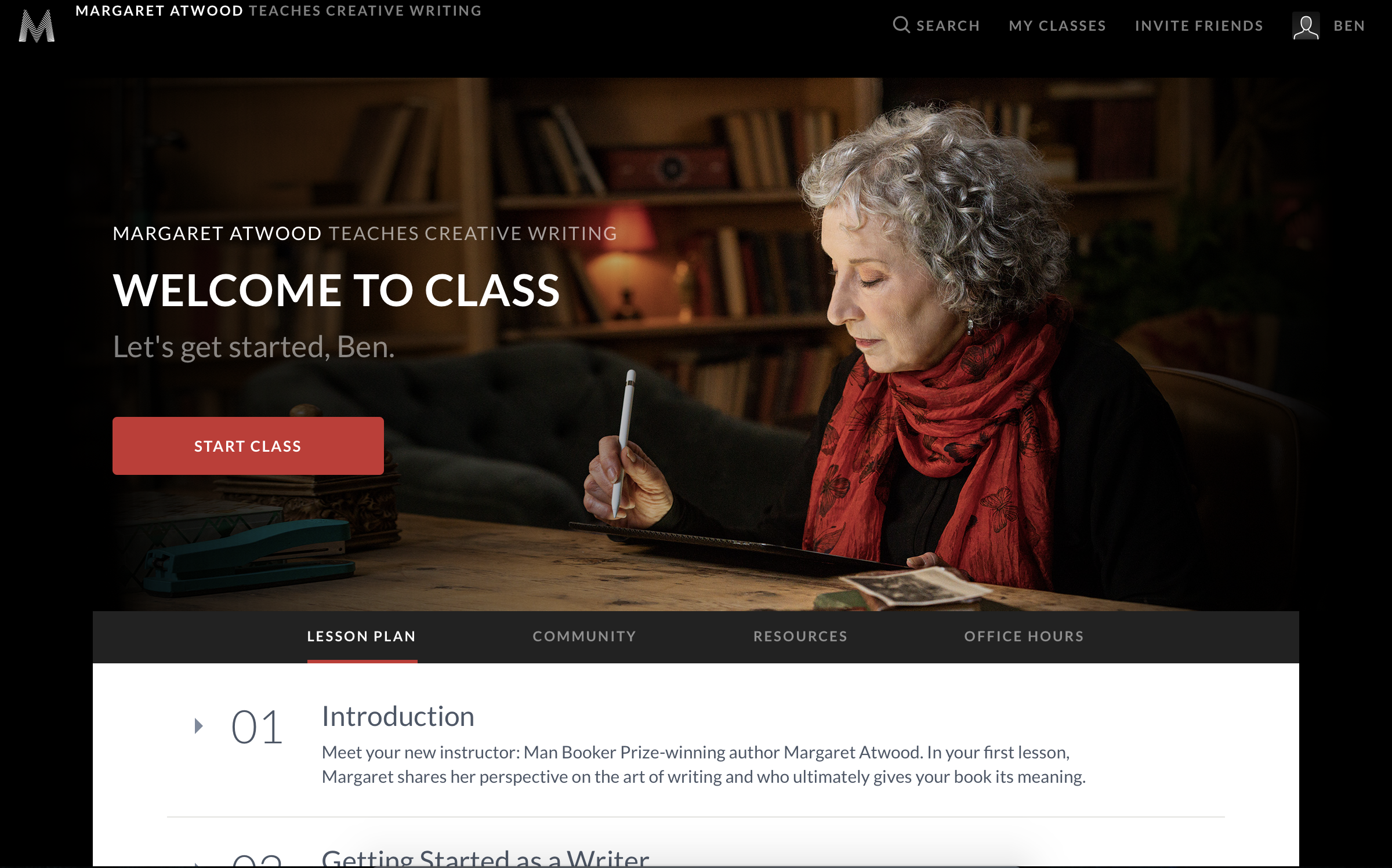
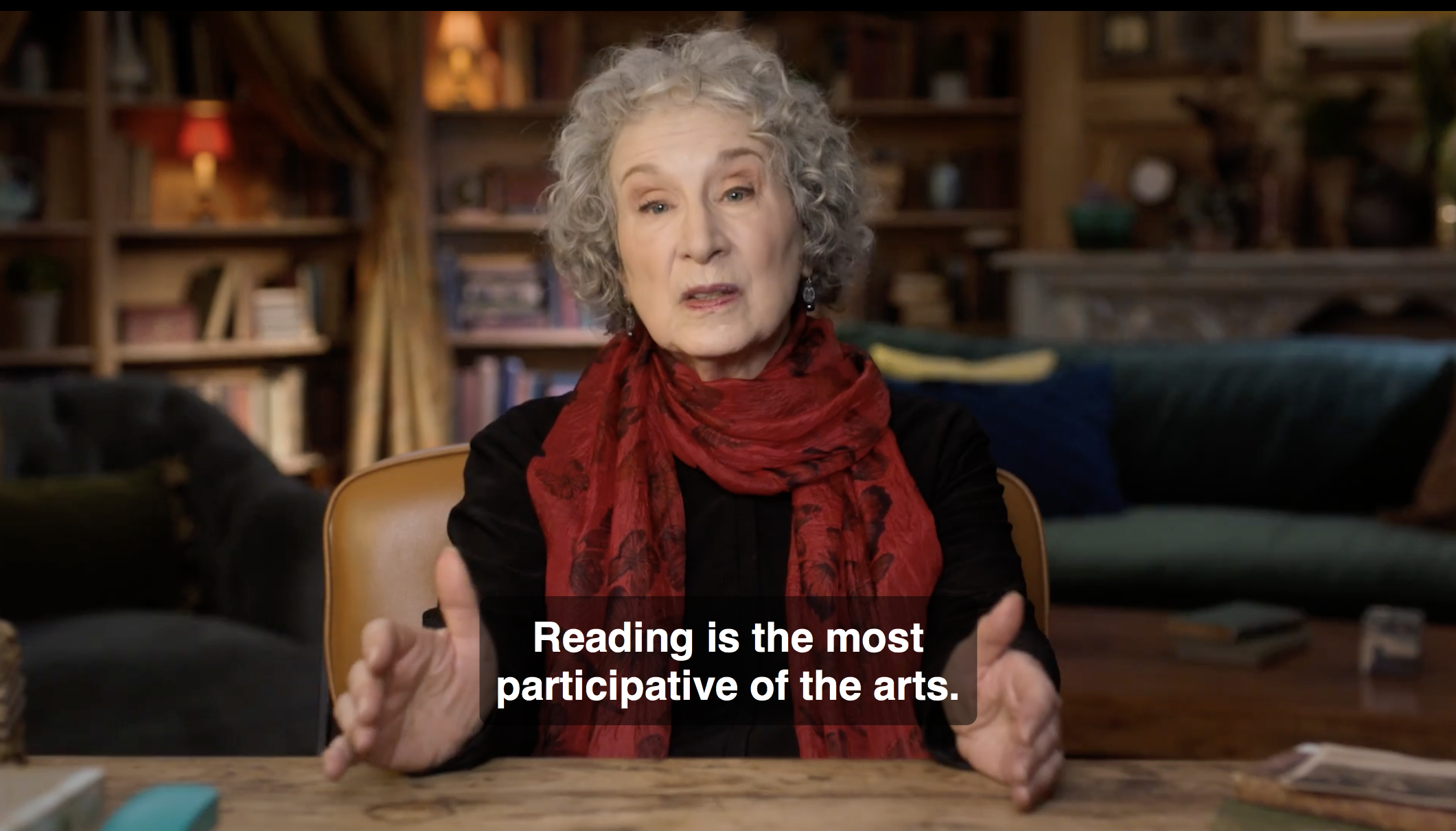
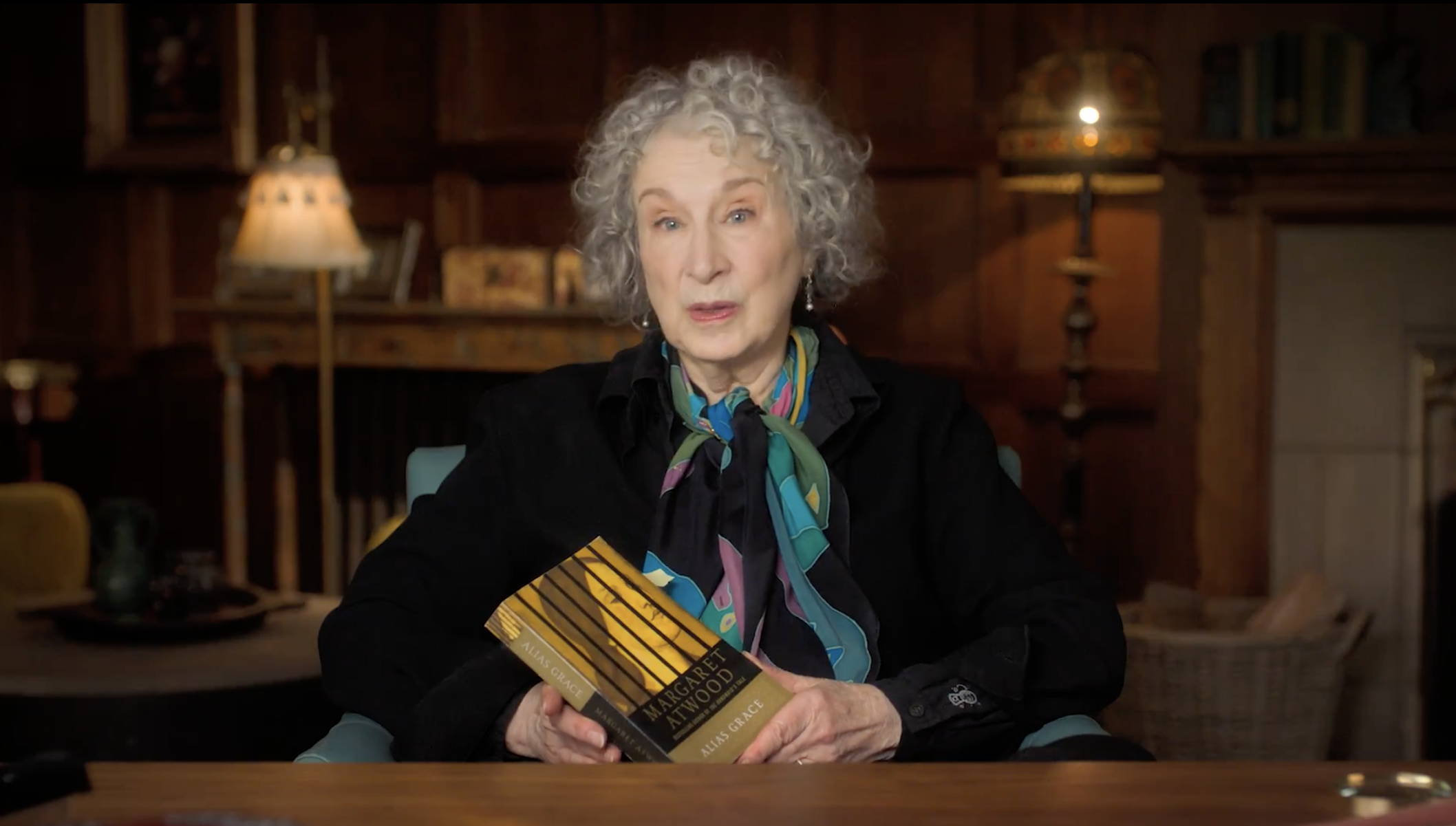
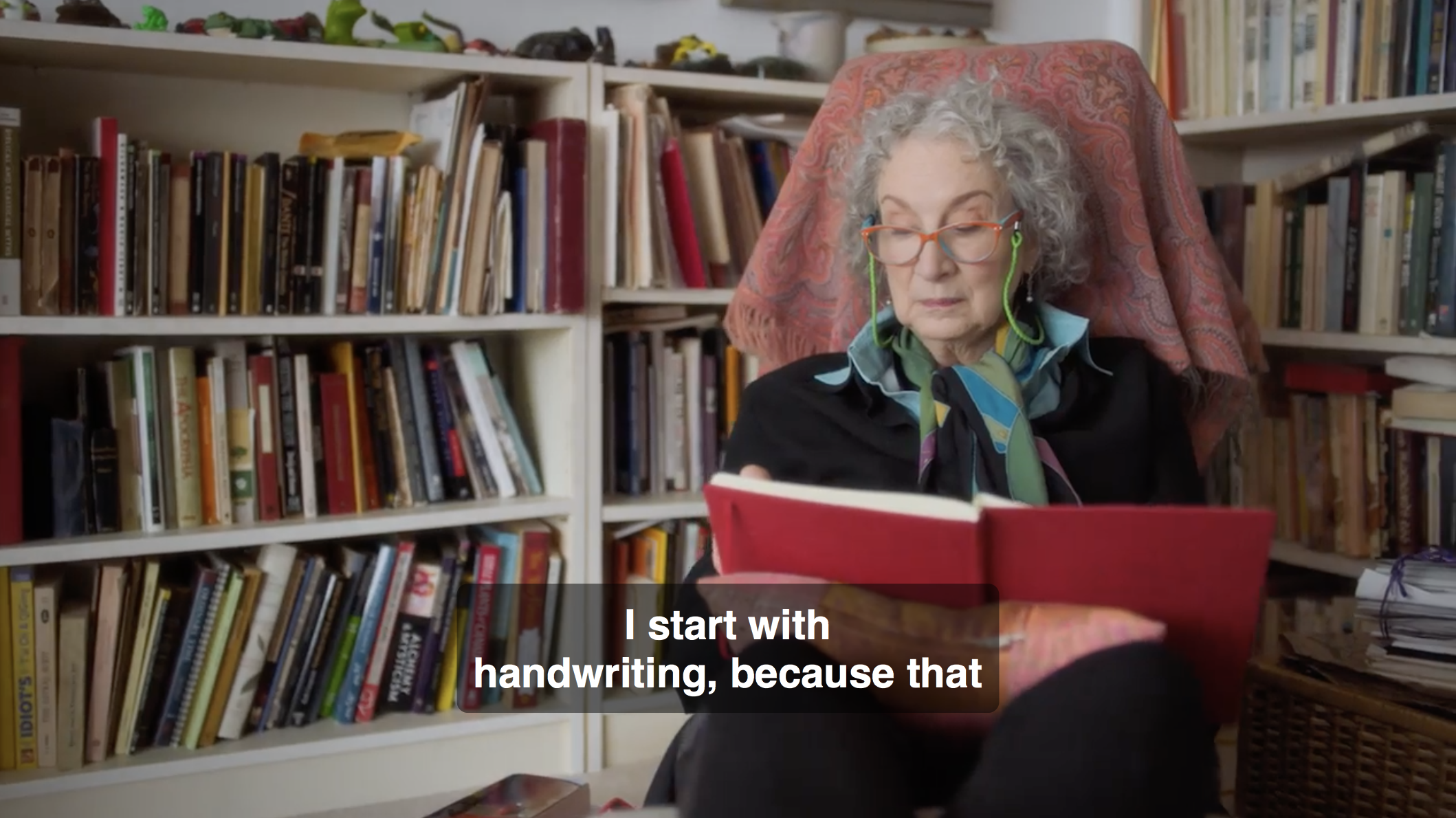
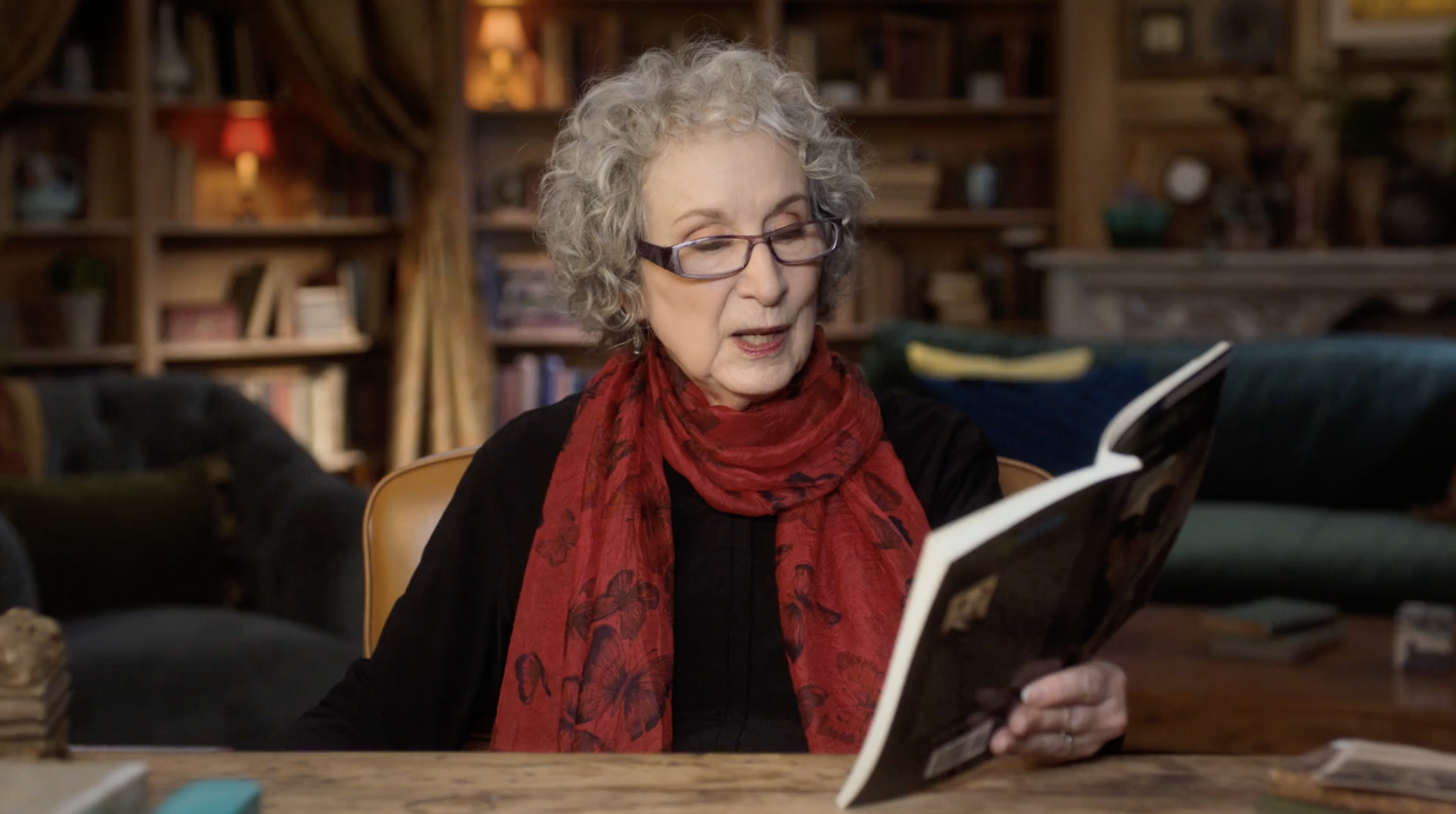
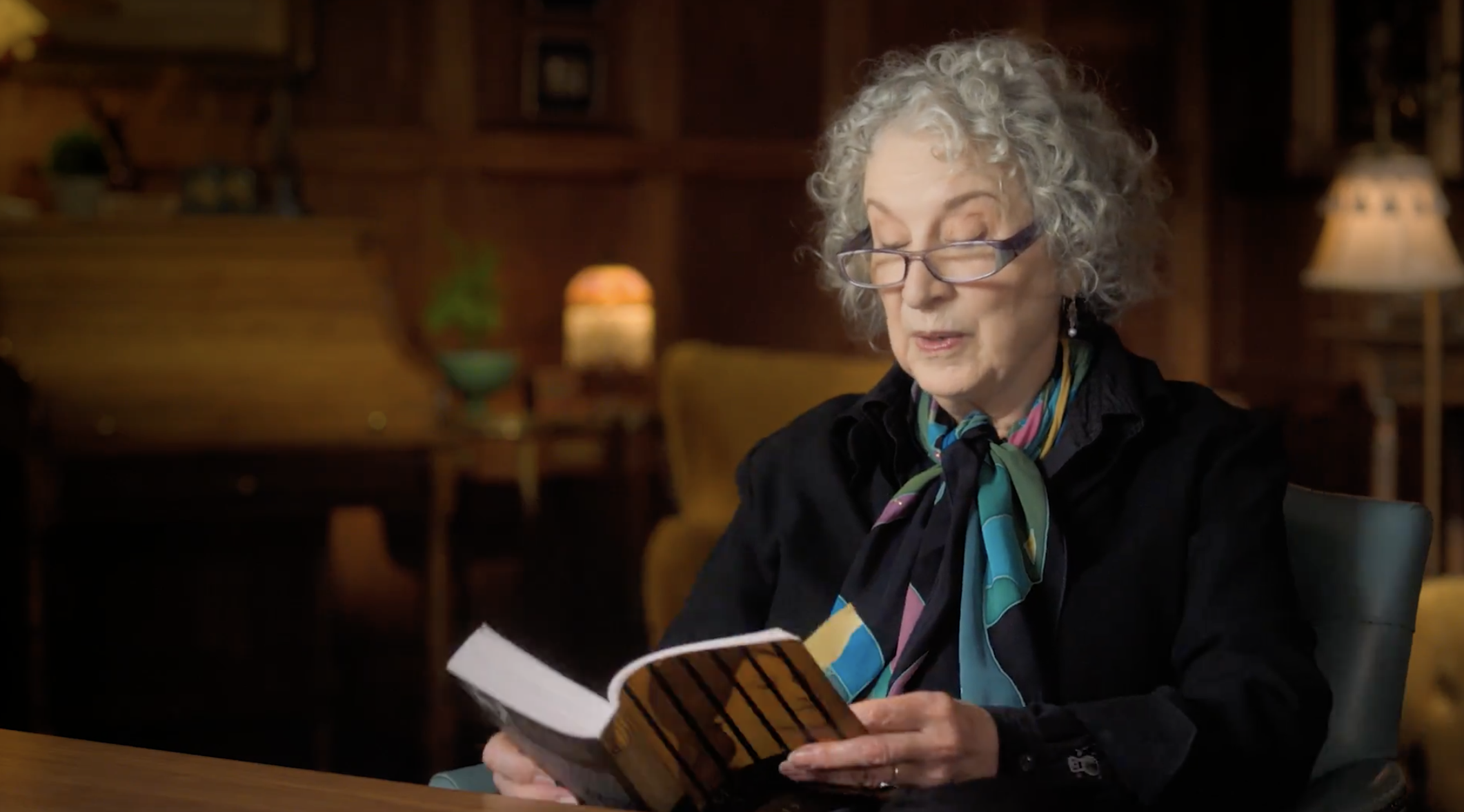
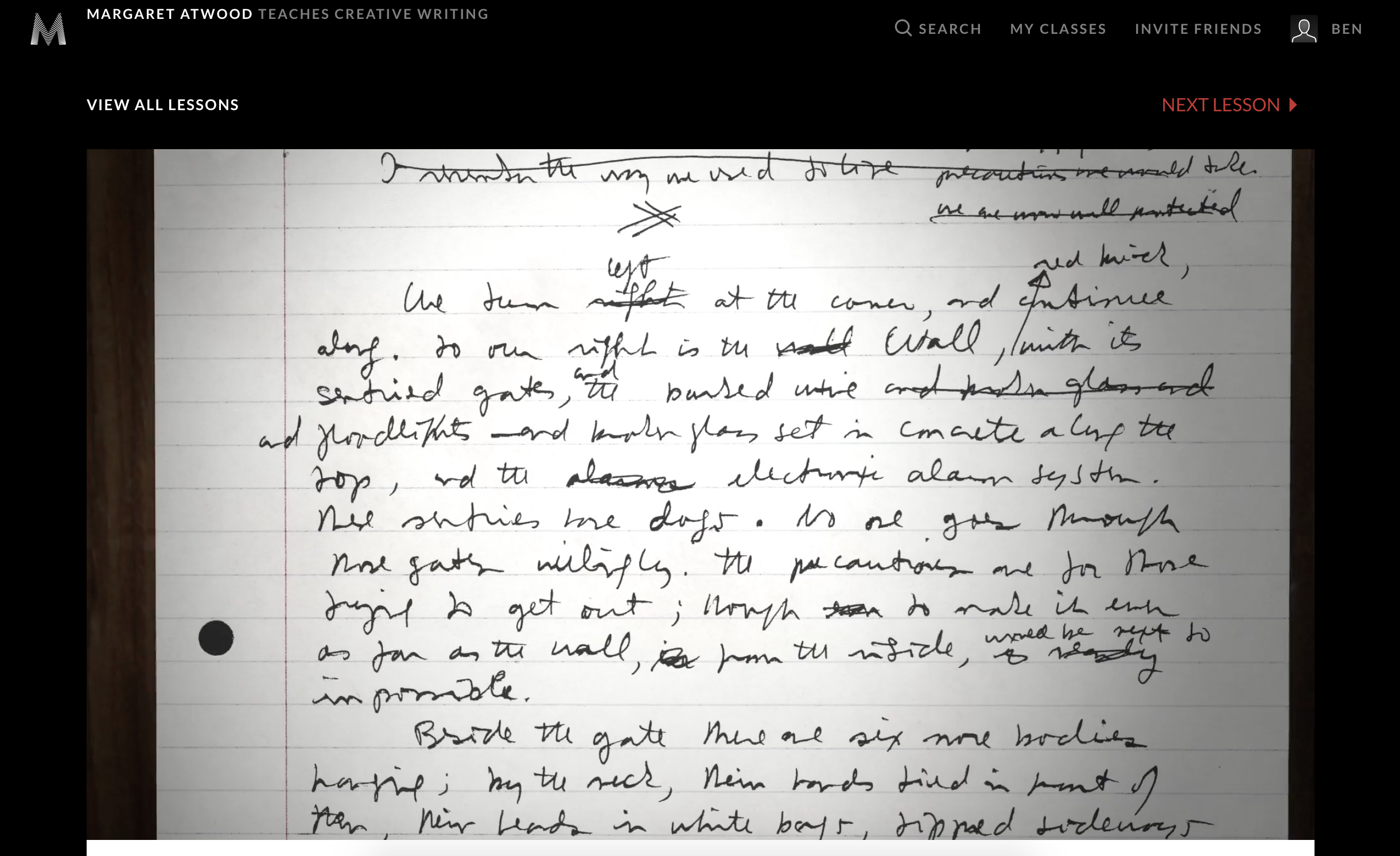
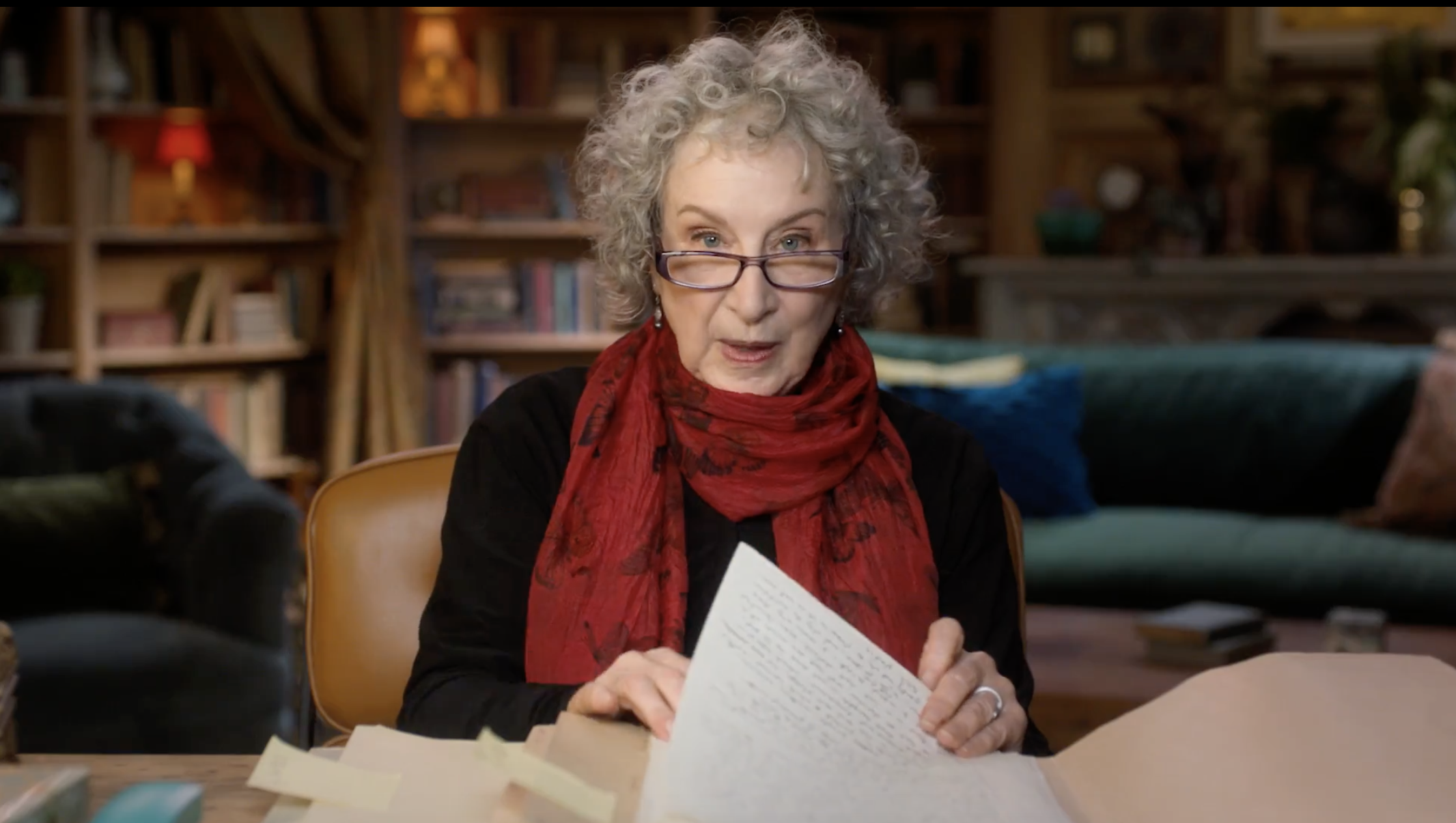

Thank you so much for this thorough review!! So, if all I wanted to do was take this one class alone would I just be paying the $90? I am not so sure I would need to double that but not find any other author that I would be interested in exploring.
Thanks for your time!
Thank you, Lynn!
That’s right – one class runs at $90. I thought it was a great deal to get the whole library at double the price but if you’re only interested in Margaret Atwood I 100% recommend this class as a stand-alone. If you’re looking to improve your writing craft (at any level), especially if you’re an Atwood fan, it’s really a fantastic course.
I’d love to hear what you think about it and if you loved it as much as me. Please do let me know! Thanks, Lynn 🙂